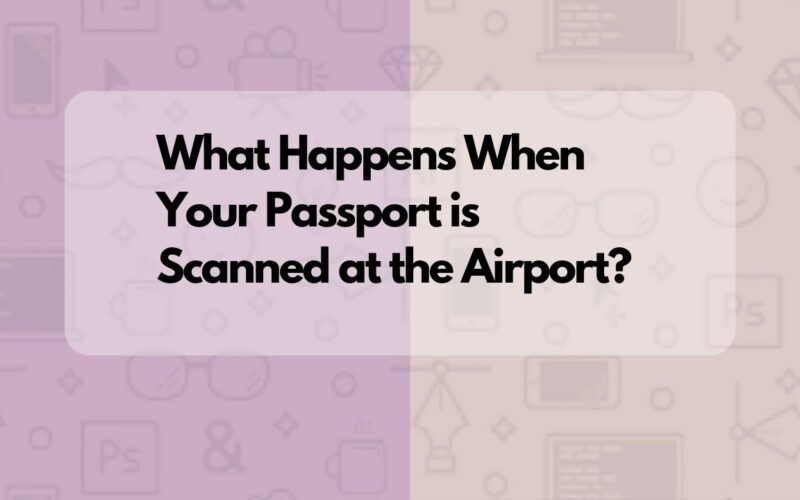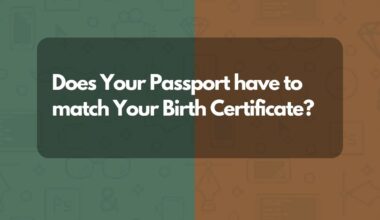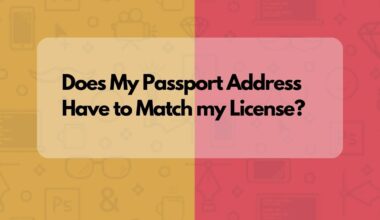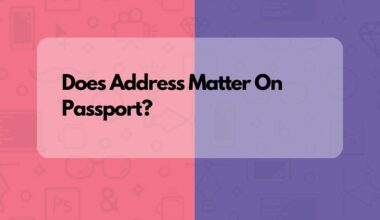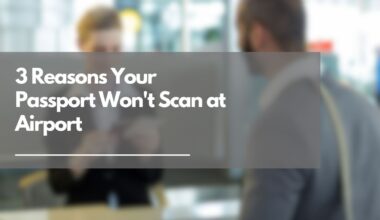As an Amazon Associate, I earn a small commission from qualifying purchases. Learn more about this.
When you approach the passport control desk at the airport and hand over your passport, the officer will typically place it onto an electronic reader. It’s a moment we often take for granted, yet a lot is happening in those few seconds.
In this article, we’ll cover what you need to know when your passport is scanned at the airport.
What Happens When Your Passport is Scanned at the Airport?
Firstly, when your passport is scanned, the barcode or the machine-readable zone (MRZ) located at the bottom of the identity page is read.
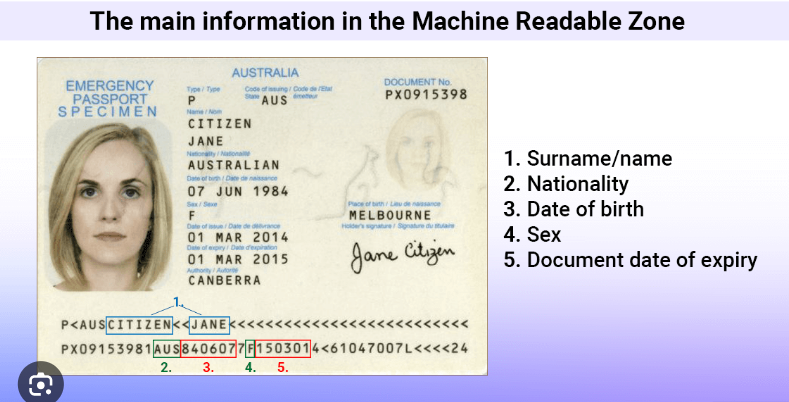
This part contains important information including your name, nationality, birth date, passport number, and passport expiry date, among other details.
All this information is encoded and formatted according to international standards, enabling the data to be swiftly read and understood wherever you are in the world.
After the scanner reads the information, it’s relayed to the airline’s system and then forwarded to a database of the country’s immigration department.
They cross-reference this data with a multitude of lists – like wanted criminals, people on no-fly lists, and those whose passports have been reported lost or stolen.
The entire process is lightning-fast, thanks to advanced algorithms and high-speed computer systems.
Now, what information do they get from the scanned document? Well, that’s a whole new article.
If necessary for your destination, your visa status would also be checked.
The airline needs to ensure you have the required permission to enter the country you’re flying to. This is important because if you’re denied entry, the airline is often responsible for flying you back to your departure point.
All these steps ensure that international travel remains secure, smooth, and well-orchestrated, even when millions of people are moving around the globe.
What does Passport Control Check?
Once you’ve checked in and made your way through security, the next step before you can sit back and enjoy your flight is passing through passport control.
This station is typically staffed by officers from the border protection agency or the equivalent department of the country you’re in.
At first glance, this process may appear straightforward, but it’s more than just a brief glance at your photo and stamping your passport. Here’s what they’re really checking.
Firstly, the officer would need to verify your identity.
A look at your passport photo and then at you, often more than once, ensuring the person standing in front of them matches the person in the document, is guaranteed.
This is the most basic, yet important part of the process.
Next, the passport itself.
They’re checking to see if the passport is valid and hasn’t expired. They’re also looking for signs of forgery or tampering.
Many passports now have security features, such as watermarks and electronic chips, which they’ll verify as well.
In most cases, they’d also need to check your travel history.
This includes looking at your visa or entry/exit stamps to assess whether you have overstayed in any country in the past, or violated immigration laws, which could affect your eligibility to enter their country.
The officer might also ask you some questions, including the purpose of your visit, where you’ll be staying, or how long you plan to stay.
These questions help determine if your visit aligns with the visa category you’re travelling under.
Finally, as in the earlier scanning process, your details are typically run through various databases to check against a list of people who pose a security risk.
Related: Can your Address be found on Your Passport?
What Other Information Does The Immigration Offers Get from Your Passport?
As your passport is scanned, the immigration officer gains access to several layers of information about you. But what exactly do they see?
To begin with, there’s the basic personal data: your full name, nationality, date of birth, and gender.
This information is directly encoded in the machine-readable zone (MRZ), which is typically located at the bottom of the passport’s photo page.

Next, the officer can access your passport details, such as the issue and expiration dates, the issuing authority, and the passport number. This helps confirm the document’s authenticity and your eligibility to travel.
For modern, biometric passports, the microchip within the passport holds more advanced data.
This includes a digital version of your passport photo, which can be cross-verified with your physical appearance and the printed photo in the passport, reducing the chances of identity fraud.
In some countries, additional biometric data may also be stored on the passport chip.
These can include fingerprints, iris scans, or even facial recognition data. However, this additional information isn’t accessed in all cases—it largely depends on the immigration policies of the specific country you’re entering.
In other words, your passport chip should be working properly for proper verification.
Conclusion
All these checks conducted by passport control officers aim to maintain the safety, security, and orderliness of international travel. It’s a critical process, which ensures only eligible and legitimate travelers pass through their borders.
So, when you’re waiting in line at passport control, remember – it’s more than just bureaucracy; it’s a vital step in securing international travel.
